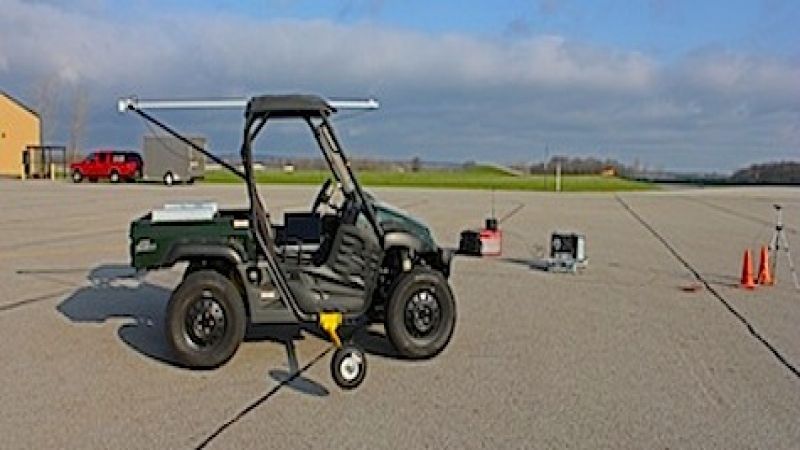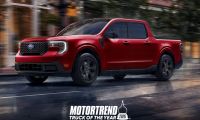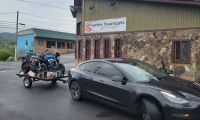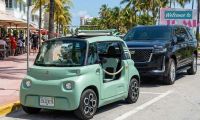The idea of using in-hub electric motors is not new and has developed well over the years. If yesterday’s fears of failure in one wheel would result in disastrous handling accidents, better controllers and redundant systems have almost removed that possibility. Still one thing we have never seen is putting the battery pack inside the in-hub motor.
Packing Everything In The Wheel. When it comes to in-hub wheels, the philosophies are split between the Michelin ActiveWheel approach and Protean’s. Michelin uses an electric motor inside the wheel, as well as actively managed suspension system using electric motors. Protean on the other hand uses a military tank turret system that basically turns an electric motor inside out, turning the rotor into the wheel. While each systems have their pros and cons, high end performance vehicles, such as the Monte Carlo Venturi EV Fetish uses such wheels with impressive results. The benefit is that each wheel can be independently controlled, keeping torque, horsepower, slipping and braking within safety limits.
Battery Included. Something we have not yet seen is including the battery inside the in-hub wheel. Ohio State University is currently working on such a prototype. So, what about the added weight? As with electric vehicles, everything simply boils down to keeping weight to a minimum. The EV prototype is light and its low center of gravity offsets the unsprung weight problem cause by the batteries in the wheels.
Technically Speaking. The team has managed to build an impressive prototype using a 7.5 kW electric motor with an 15 kW lithium-ion battery in each wheels. All of this rests on a modified Big Muddy utility vehicle weighing a mere 1,764 lbs. According to the website, a single electrical cable is used to connect all 4 motors to a computer, which uses data from the steering wheel, accelerator and brake at a rate of 100 times a second. According to lead scientist Junmin Wang, this system not only eliminates fishtailing but offers: “better control than commercial four-wheel drive.” Mr. Wang hints at the future application of such a vehicle: “It would make a good in-city car—efficient and maneuverable, with no emissions. Our task is to make a robust control system to keep it safe and reliable.”
Testing The System. The EV was tested on regular road conditions with impressive results. The EV deviated only 4” of its driver’s intended path and 8” on a snow-covered parking lot. If you think this is a lot, current industry numbers are nowhere near such precision. You can read more about on their white paper: Control Engineering Practice here.
Six years ago, a daring UK project called the Lightning GT talked about using in-hub motors. Today, regularly hearing about in-hub electric motors only highlights how far electric vehicles have come and we can tip our hats to the Ohio State University for managing to pack a lithium battery pack inside an in-hub electric motor successfully.











Comments
In hub motors are the
Permalink
In hub motors are the simplest set-up, but what about the unsprung weight(?), Nicolas.
That is the question indeed,
Permalink
In reply to In hub motors are the by Three Deuce (not verified)
That is the question indeed, what do you do with that unsprung weight. In this case, the computer would do the correction.
I can't help but to think of what Porsche has done with a design that is inherently unstable, an engine behind the rear axle and in the end, a 911 handles better than many mid-engines. Obviously Porsche uses a lot of electronics to make this happen.
Strange how what seems like an impossibility to many ends up being just another technical challenge to an engineer.